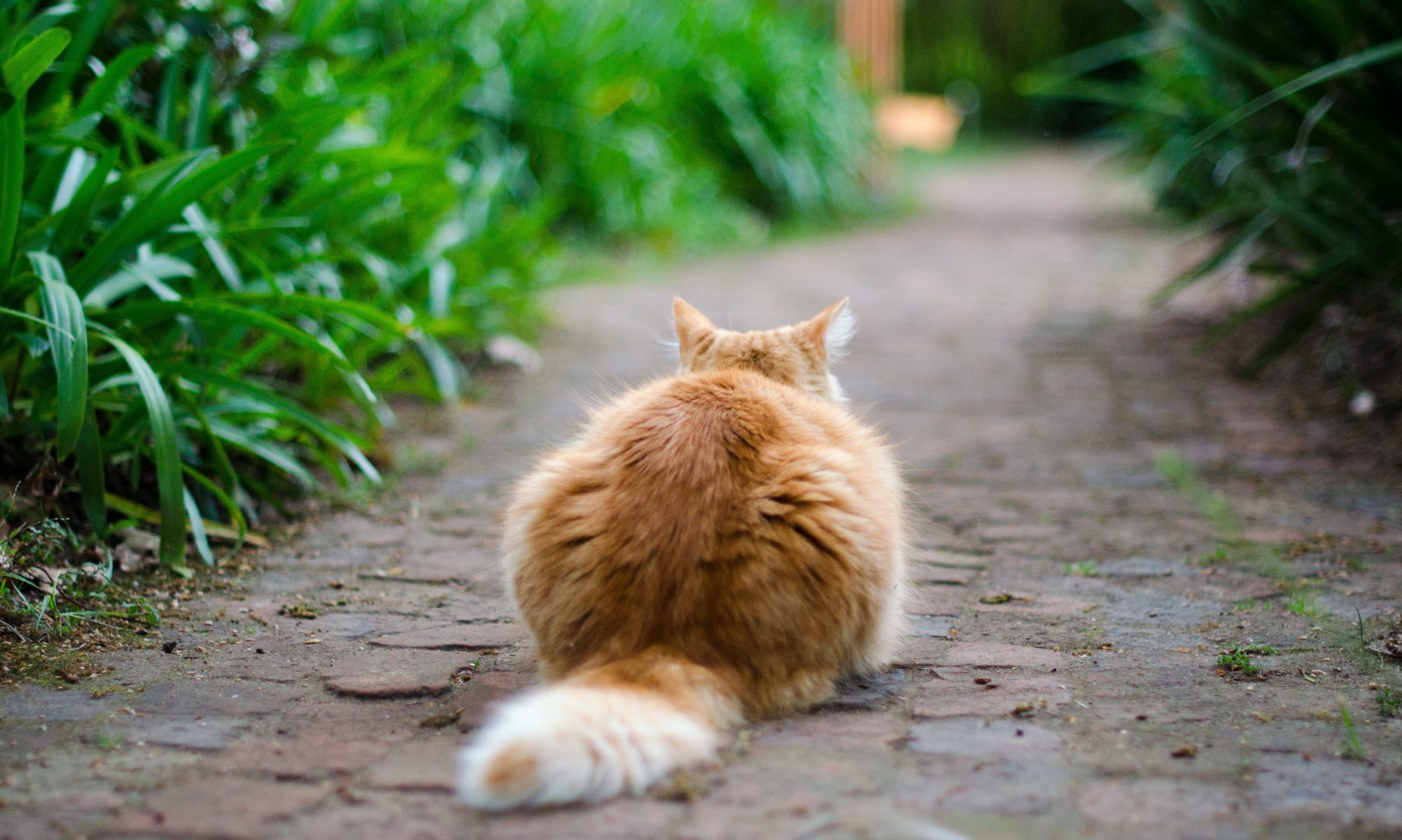You never think twice about strapping your child or grandchild into a car seat for his or her protection while on the road. Not only do we accept it, we expect it – in fact, we require it. However the same people who are loathe to the idea of allowing a toddler to crawl around in the front seat of a moving car think it’s cute to have a dog jumping around on the seat, riding with its head hanging out a partially open window, or bouncing around on their lap while they drive. Can you identify with that? I’m here to tell you that it’s time to rethink pets in vehicles.
Somehow restraint of a pet has become some kind of an anathema to a lot of otherwise savvy people. It is considered to be some kind of punishment or torture by a lot of pet owners out there and, as a result of owner ignorance, every day unrestricted pets get poisoned, get hit by motor vehicles, attacked by other animals, or injured as passengers in automobile accidents. Use a little common sense and save your pet the pain and suffering that can result from your own negligence. Restraint is caring. Restraint shows love and concern. Restraint saves lives.
I work in an emergency hospital environment. I have seen the injuries that a low speed accident can cause. I don’t see the pets from the higher speed accidents. Those victims don’t make it to the hospital because they are dead. Plain and simple.
All of the statistics that apply to unrestrained children riding in vehicles are equally applicable to our pets. Don’t tell me that it’s cruel or inhumane or give me any other absurd claptrap, because any other viewpoint is flat out wrong! There is no argument concerning pets riding unrestrained in motor vehicles that is not equally applicable to kids. It’s why children are required by law to ride in child restraint car seats. It’s why airlines require pets to be placed in solid carriers when they ride in the hold of an airplane. The whole concept involves the protection provided by close quarters, and in the case of a pet, by the relatively forgiving plastic of a crate. If the pet should unexpectedly become airborne within the cargo hold, the carrier and pet fly around as a unit with the carrier serving to protect the contents. Not only that, but a pet carrier can be secured in such a way as to hopefully prevent it from becoming a projectile.
Similarly, when riding inside a motor vehicle, probably the most secure device for your pet is to place him/her inside a well-secured airline type pet carrier. Anytime, but especially for long trips, this would seem to be the most logical choice. The carrier should be just large enough for the pet to curl up and lie down and should just allow room to stand up and turn around. Remember: snug is the word. We’re not after comfort; we’re looking for protection. This is the method that I have always recommended to my “Cruising with Pets” seminar attendees for carrying their pets aboard a sailboat while underway: pet inside pet carrier; pet carrier wedged in strategically or somehow strapped down. If there is a sudden roll or a quick stop or a surge of some sort, your pet is jolted within the close-quarters plastic of the carrier and not thrown across the room, across the car, or into the dashboard or the windshield – a blow that is much safer and friendlier than the alternatives.
If a travel carrier is too uncool for your liking, you might opt for something a little more fashionable in the way of improving your pet’s chances in a crash. This also might be more convenient and more appealing for short trips in town. How about a pet seat belt restraint system? There are a number of different vehicle pet harnesses on the market that are able to integrate with your vehicle’s seat belts. In the safety department these type restraints are a far cry from a sky kennel, but they may help to keep your pet from flying through the windshield or into the dash, or from launching off in some other direction that could prove lethal. They also will hopefully keep your pet out of the driver’s lap and stop it from dangerously hanging out the window (even though it’s cute, it’s still unhealthy) while underway and will even stop it from bouncing all over inside the car. Any kind of belt type restraint should be incorporated into a body harness of some sort and never attached to a neck collar. You can envision a person being hanged by the neck until dead dropping through the trap door of a gallows in order to understand why.
After the harness type restraint, one notch lower in the safety department is the doggy car seat. Here we are maybe just a smidgeon better than no restraint at all. Many of these do not even include a harness system, which makes them useless from a protection standpoint. But for relatively small dogs, a doggy car seat with an integral harness system might be an acceptable form of restraint to keep the pet in one spot and, again, safely away from driving the driver to distraction.
I don’t often favor treating our pets like children. They are not the same. But the need for safety restraints is something that they do have in common. There are still people out there with that primitive “it’s safer if you are thrown clear of the vehicle in an accident” mentality. We know that without proper restraint it is probable that you will be thrown somewhere, but usually it will be into the windshield or some portion of the vehicle interior, and usually it won’t happen safely. The same applies to your unrestrained pet. So if you really love your pet and care about its safety and well-being, think about how you want to save its life now, before the unthinkable happens.

